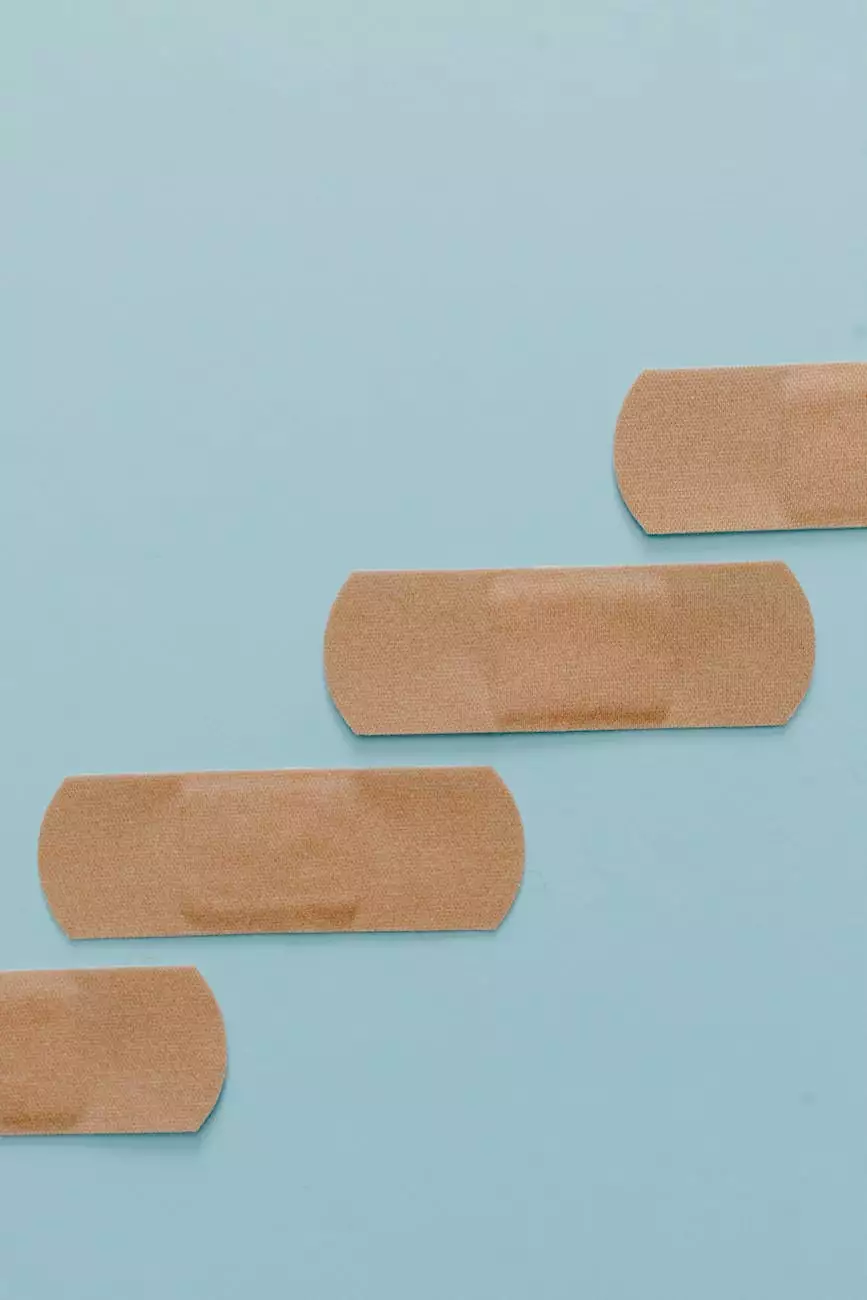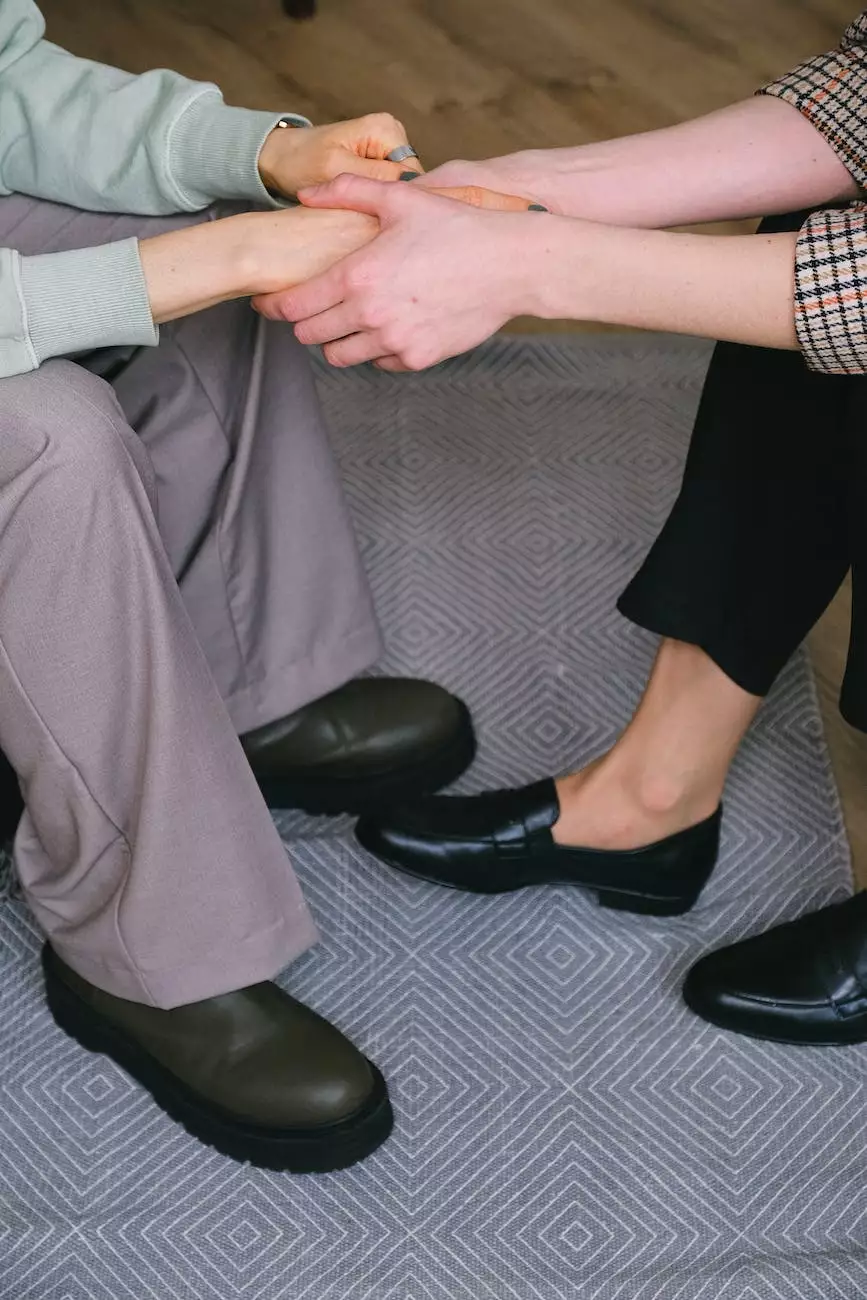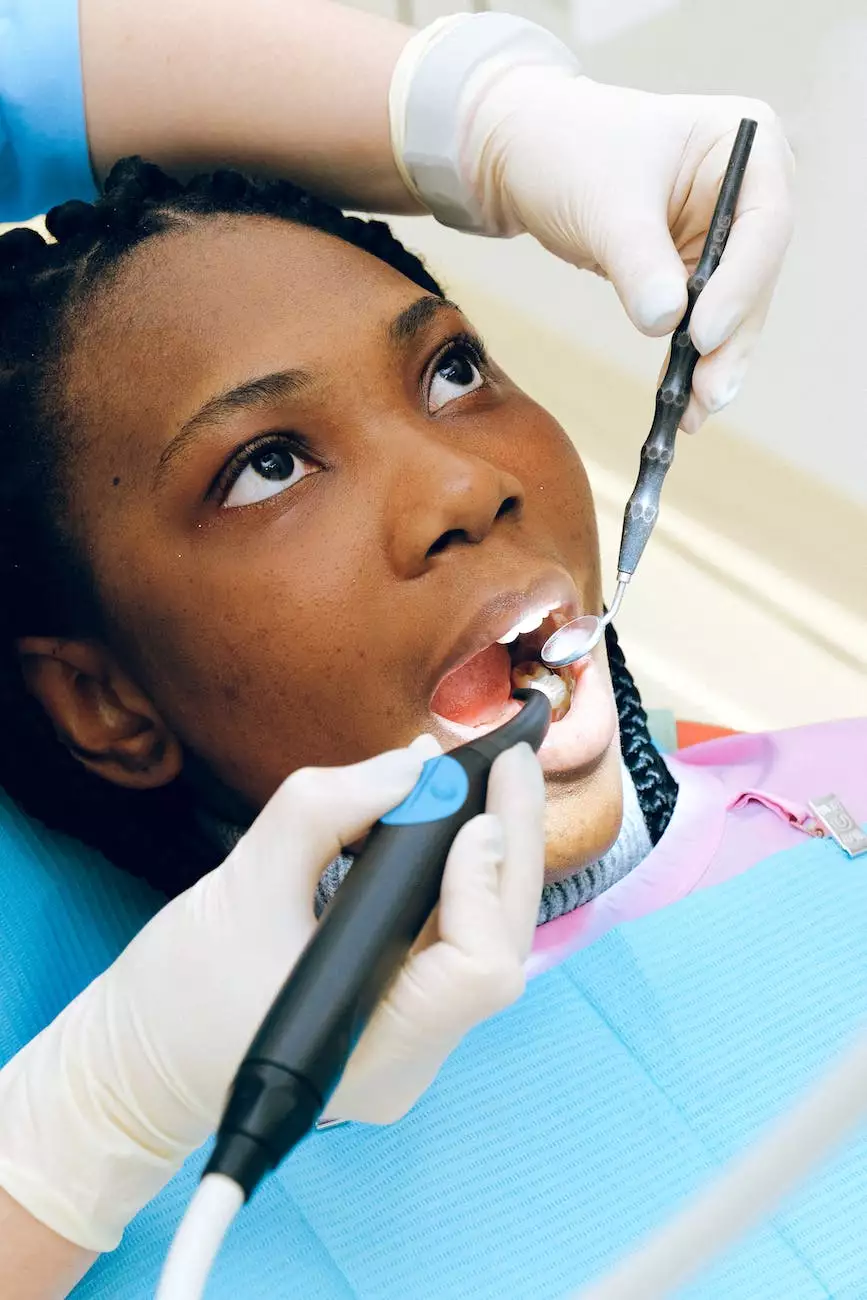What to Know About Kidney Stones and Gallstones
Health
Understanding Kidney Stones and Gallstones
Kidney stones and gallstones are conditions that affect the urinary system and gallbladder, respectively. They can cause severe pain and discomfort, often requiring medical intervention. At Muir Diablo Occupational Medicine, we aim to provide comprehensive information about these conditions to help you understand their causes, symptoms, and treatment options.
What are Kidney Stones?
Kidney stones, also known as renal calculi, are hard deposits that form in the kidneys. They can vary in size, ranging from a grain of sand to larger stones that fill the entire kidney. Kidney stones are primarily made up of salts and minerals, such as calcium, oxalate, and uric acid.
Causes and Risk Factors
The formation of kidney stones is often attributed to a combination of genetic and environmental factors. Common risk factors include:
- Dehydration: Insufficient fluid intake can lead to concentrated urine, increasing the likelihood of stone formation.
- Dietary Factors: Certain foods high in oxalate or sodium can contribute to stone formation. Examples include spinach, chocolate, and processed foods.
- Obesity: Excess body weight can increase the risk of kidney stones due to hormonal changes and metabolic factors.
- Medical Conditions: Conditions such as urinary tract infections, gout, and certain metabolic disorders can contribute to stone formation.
Signs and Symptoms
Kidney stones may not cause any symptoms until they begin to move through the urinary system. Common signs and symptoms include:
- Severe flank pain: This is often described as a sharp, cramp-like pain in the side and back, below the ribs.
- Blood in urine: Hematuria, or the presence of blood in the urine, can occur due to irritation or damage caused by the stone.
- Frequent urination: Small stones may cause increased frequency of urination as they irritate the bladder.
- Urinary urgency: The need to urinate urgently may arise as the stone moves closer to the bladder.
Treatment Options
Treatment for kidney stones depends on factors such as the size, location, and composition of the stones. Common treatment options include:
- Fluid Intake: Increasing fluid intake to ensure adequate hydration can help flush out smaller stones.
- Pain Management: Over-the-counter pain medications may be recommended to alleviate discomfort during the passage of smaller stones.
- Medical Procedures: Larger stones or stones causing severe symptoms may require medical intervention, such as lithotripsy (sound wave therapy), ureteroscopy, or rarely, surgical removal.
- Prevention Strategies: Making dietary changes, managing underlying medical conditions, and adopting healthy lifestyle habits can help prevent the recurrence of kidney stones.
Gallstones: Causes, Symptoms, and Treatment
Similar to kidney stones, gallstones are hardened deposits that form in the gallbladder. These stones can obstruct the bile ducts and cause various symptoms, often necessitating medical attention.
Causes and Risk Factors
Gallstones typically develop when there is an imbalance in the substances that make up bile. Some common causes and risk factors include:
- Excess Cholesterol: High levels of cholesterol in bile can lead to the formation of cholesterol gallstones.
- Bile Imbalance: Imbalances in bile salts or bilirubin can contribute to the formation of pigment gallstones.
- Obesity: Obesity is a significant risk factor for gallstones, as it affects cholesterol metabolism and bile secretion.
- Rapid Weight Loss: Losing a large amount of weight quickly can increase the likelihood of developing gallstones.
- Gender and Age: Women, especially those over 40, are more prone to gallstones than men.
Signs and Symptoms
While many people with gallstones remain asymptomatic, some may experience symptoms such as:
- Abdominal Pain: Gallstone-induced pain typically occurs in the upper right portion of the abdomen, often after consuming fatty or greasy foods.
- Jaundice: Obstructed bile ducts may cause yellowing of the skin and eyes.
- Nausea and Vomiting: Gallstones can result in digestive disturbances, leading to feelings of nausea and vomiting.
- Indigestion: Recurring indigestion or bloating may be experienced, especially after meals.
Treatment Options
The treatment of gallstones depends on the severity of symptoms and any complications. Common treatment options include:
- Observation: Asymptomatic gallstones may not require immediate treatment but should be monitored regularly.
- Medications: Certain medications, such as oral bile acid pills, may be prescribed to dissolve smaller gallstones.
- Surgical Removal: If symptoms are severe or complications arise, surgical procedures like laparoscopic cholecystectomy may be performed to remove the gallbladder.
- Dietary Modifications: Adopting a balanced diet low in fat and cholesterol can help reduce the risk of gallstone formation.
Contact Muir Diablo Occupational Medicine for Comprehensive Care
At Muir Diablo Occupational Medicine, we prioritize the well-being and education of our patients. If you are concerned about kidney stones, gallstones, or any other health-related issues, our team of medical experts is here to provide accurate information and personalized care. Contact us today to schedule a consultation or learn more about our range of services.




